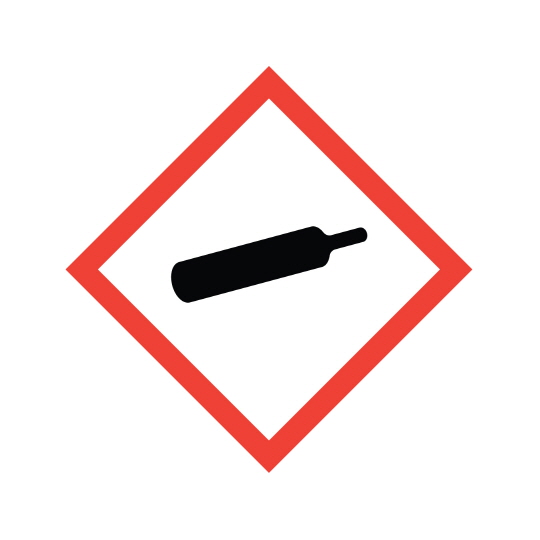
- This is PANASIA
- ESG Management
- History
- Smart PANASIA
- Contact information
 About
About
Check PANASIA introduction,
ESG management, and History
information
- Energy Solutions
- Air Solutions
- Water Solutions
 Eco-friendly Solution
Eco-friendly Solution
About Global environmental
regulation, Hydrogen business,
Air quality, and Water quality
environment solutions
- Product Service
- Service Network
- Customer Service
 Customer Support
Customer Support
Check the Panasia’s
after service
- About
- Eco-friendly Solution
- Customer Support
- Media
NEWS
Title
Difficulty in Delivering Calibration Gas Overseas
Date
2023-03-20
Hit
1092
File
Difficulty in Delivering Calibration Gas Overseas
Due to the International Maritime Organization's (MARPOL) regulations, many ship owners and shipbuilding companies have opted for using scrubber systems to protect the air environment and improve the quality of life. This policy has resulted in much cleaner air and enhanced the lives of people. As a result, many ship owners purchase calibration gas to operate their scrubber systems and fixed gas detection systems. At Panasia, we also provide calibration gases for our scrubber system (PASOx™) and fixed gas detection system (GDS-3000™) as a critical spare part for each system on the subject vessel. However, dispatching calibration gas to another country comes with two significant difficulties.
To understand the difficulties in delivering calibration gas, we must first explain what it is. We carry calibration gas for PASOx™ and GDS-3000™. The calibration gas for PASOx™ is used to calibrate the gas analyzer of the Gas Monitoring System. The other one for GDS-3000™ is used to calibrate the XCD Sensor to check the gas in certain places such as cargo pump rooms and cofferdams. Calibration gas is classified as dangerous goods when dispatched. Therefore, we will now explain the difficulties in delivering calibration gas.
Firstly, when requesting quotes for air freight charges and the lead time for the gas, we need two points to receive the quotes: UN No. (IATA) and Hazard Class in the MSDS (Material Safety Data Sheet). According to these two critical points, the packing and transportation may be changed. Next, the forwarders provide the air freight charge and the lead time. After confirming the quote and wishing to arrange the delivery, a special export packing inspection must always be conducted one or two business days before the airplane is loaded. Finally, the air freight proceeds after all processes have passed without any issues. Since every forwarder considers the calibration gas as Dangerous Goods cargo, the air freight charge will be much higher, and the special export packing inspection makes the lead time longer compared to other goods.

The other issue is that some airports do not allow the receipt of Dangerous Goods (DG) cargo. For example, we requested Calibration Gas Air Freight Charge and lead time to Qingdao airport in China, but we were unable to receive the Air Freight Charge as Qingdao airport does not accept any DG cargo, such as our calibration gas. As a result, we could not dispatch the goods and satisfy our customers.
Lastly, typical precautions for handling calibration gas are as follows: Read and understand all safety precautions before handling. Store containers in a vertical position and secure them to prevent them from falling. Periodically check containers for general conditions and leaks. Do not store containers in conditions that may cause corrosion, and keep them below 50°C in a well-ventilated location. Do not expose them to temperatures exceeding 52°C (125°F), and do not drag, roll, push, or drop them.
We have explained the difficulties in delivering calibration gas caused by DG Cargo from forwarders and airports, and some precautions regarding calibration gas handling. We hope this information helps you understand the transportation of calibration gas and assists with your future gas orders, improves the global air environment, and enhances the lives of human beings.










